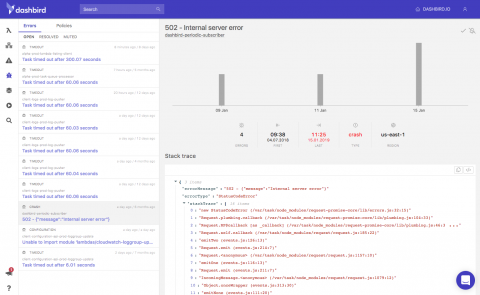Build a serverless React + GraphQL app with Aws amplify and AppSync
This post is going to be a tad different and longer than what you are used to but I promise, it’s going to be an interesting one. We are going to build a serverless React + GraphQL Web app with Aws amplify and AppSync.



